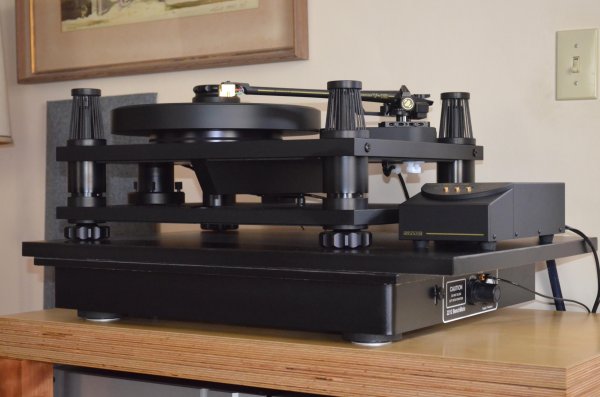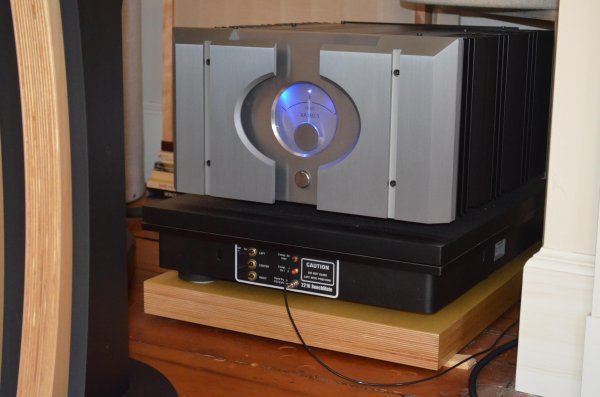Isolation Pads
marketed towards professionals for use mainly under monitors on meter bridges. Many companies make them the most popular being Auralex.
Are they like hygiene pads ?
Isolation Pads
marketed towards professionals for use mainly under monitors on meter bridges. Many companies make them the most popular being Auralex.
Don,
Van dan Hul, a dutch manufacturer mostly known for his cables and phono cartridges, has developed audio measuring systems going down to -140 dBFS. He referred that this type of resolution is needed to study this type of "small differences".
Isolation Pads
marketed towards professionals for use mainly under monitors on meter bridges. Many companies make them the most popular being Auralex.
Ethan,
to be frank and based on the consumer level of equipment (AV receiver, cd player ect) you choose to own, I don't think isolation would be helpful for your system. The resolution and transparency is just not there, thus I understand why you wouldn't get an improvement. For the rest of us who choose to assemble a much more resolving and transparent to the source system, isolation matters a lot.
I had thought as much- not really related to high end audio.
We run monitors on our meter bridge in the studio, but we use Sound Anchors speaker stands designed for the purpose. They provide mechanical damping of the speaker cabinet, as well as adjustable height and compact installation.
Jack, what I think you know but Ethan apparently does not is that a proper anti-vibration platform of the kind that is really germane to this topic is usually a heavy device, and does not bear any resemblance to a pillow or a pad (both of which, if used, might provide isolation from the surface beneath but provides zero damping of the device perched upon it, IOW such vibration damping platforms can reduce vibration that is air borne).
An example might be the Silent Running Audio platform (http://www.silentrunningaudio.com/products/ohio_class_isobase.htm#plus)
or the Symposium platform: http://www.symposiumusa.com/svelte.html
Funny thing is, if you google 'vibration damping platform' you can view many images **including measurements** showing the effectiveness of such platforms for use in all sorts of applications, not just audio.
FWIW the table on which my LP mastering lathe is perched has a set of adjustable 'tip toes' and the lathe itself has a further set. Between the lathe and the table is a vibration-damping platform built for the lathe; the whole thing was built in the late 1940s or early 1950s. Tip toes are not a new idea! Professional (in fact, actually professional and not faux professional) audio has been aware of the benefits of mechanical damping for a very long time. If you look inside the electronics of an Ampex 351 tape machine, you will see a damping/isolation system for the circuit boards. The electronics were designed in the late 1950s.
I don't think isolation would be helpful for your system. The resolution and transparency is just not there, thus I understand why you wouldn't get an improvement. For the rest of us who choose to assemble a much more resolving and transparent to the source system, isolation matters a lot.
Of course! My audio system is not nearly as good as yours.
--Ethan
I see in your profile a bunch of expensive stuff, but no mention of acoustics or even photos of your space. Have you ever measured your room to see the reverb decay and reflection arrival times? Are you certain your system is more "revealing" than mine?
--Ethan
He seems to own a lot of your products.
See:
http://www.whatsbestforum.com/showthread.php?15540-Wilson-owner-since-2010
He seems to own a lot of your products.


A less expensive method for vibraton isolation is to use Mapleshade Micropoint Brass Footers on all electronics, even power conditioner.
How embarrassing.
| Steve Williams Site Founder | Site Owner | Administrator | Ron Resnick Site Co-Owner | Administrator | Julian (The Fixer) Website Build | Marketing Managersing |












